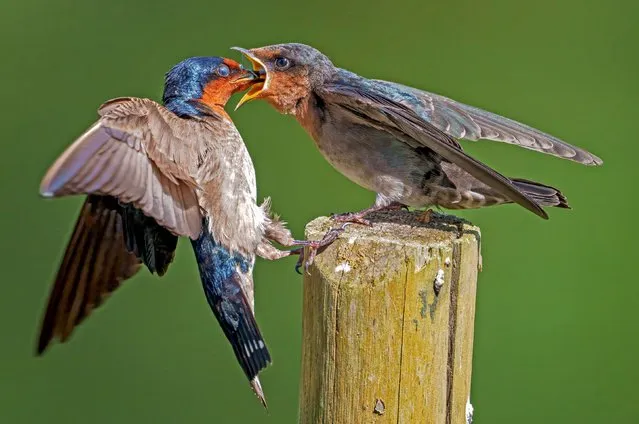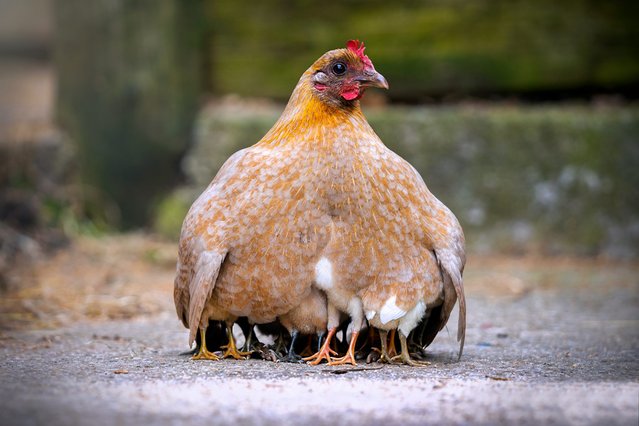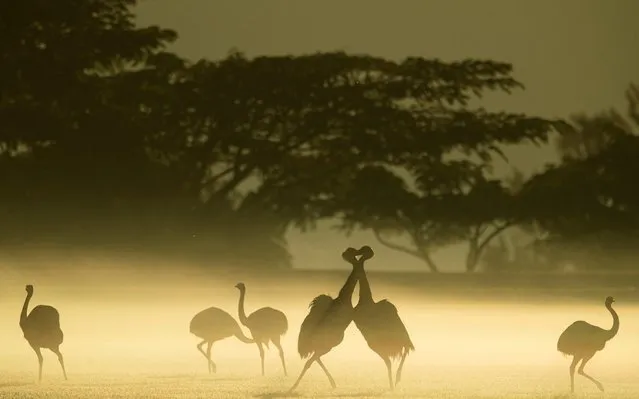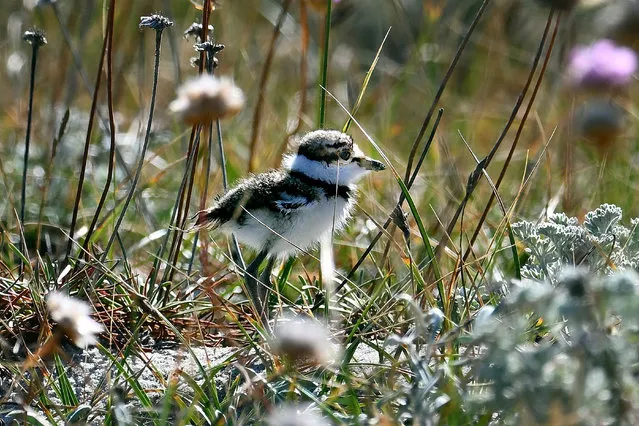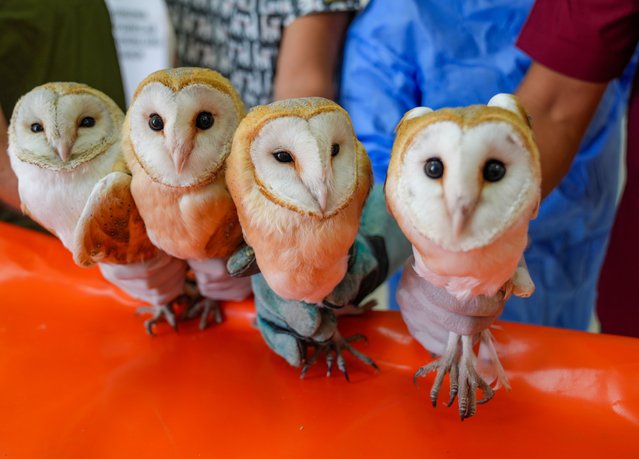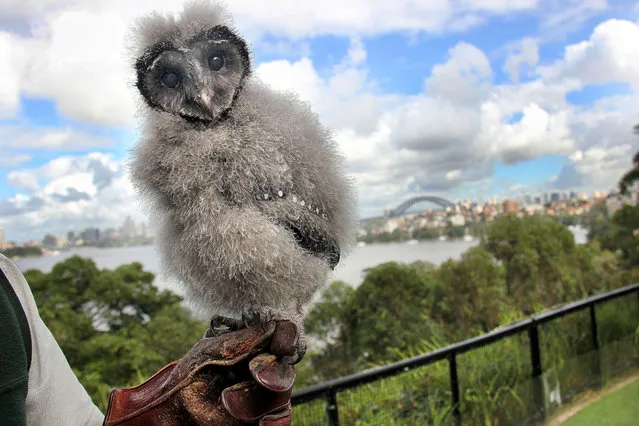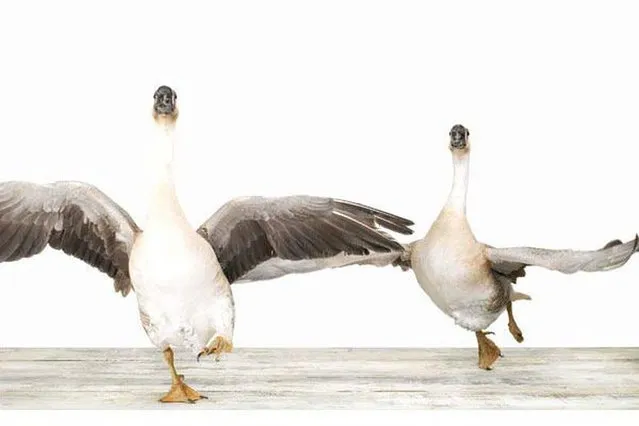
Sharon Montrose has what most people consider a dream job: She photographs adorable animals – from lions to flamingos to knobbly-kneed giraffes – and sells prints online at her store, The Animal Print Shop. But what's her job really like? Does she ever get scared? What's the trickiest animal to photograph?
23 Mar 2015 09:57:00,post received
0 comments

